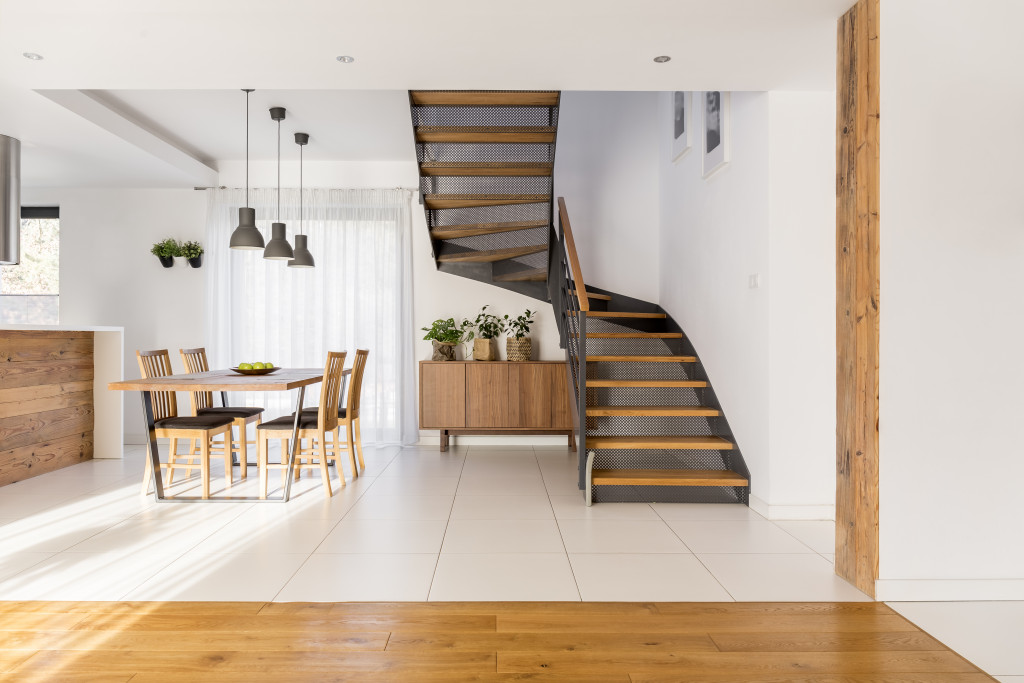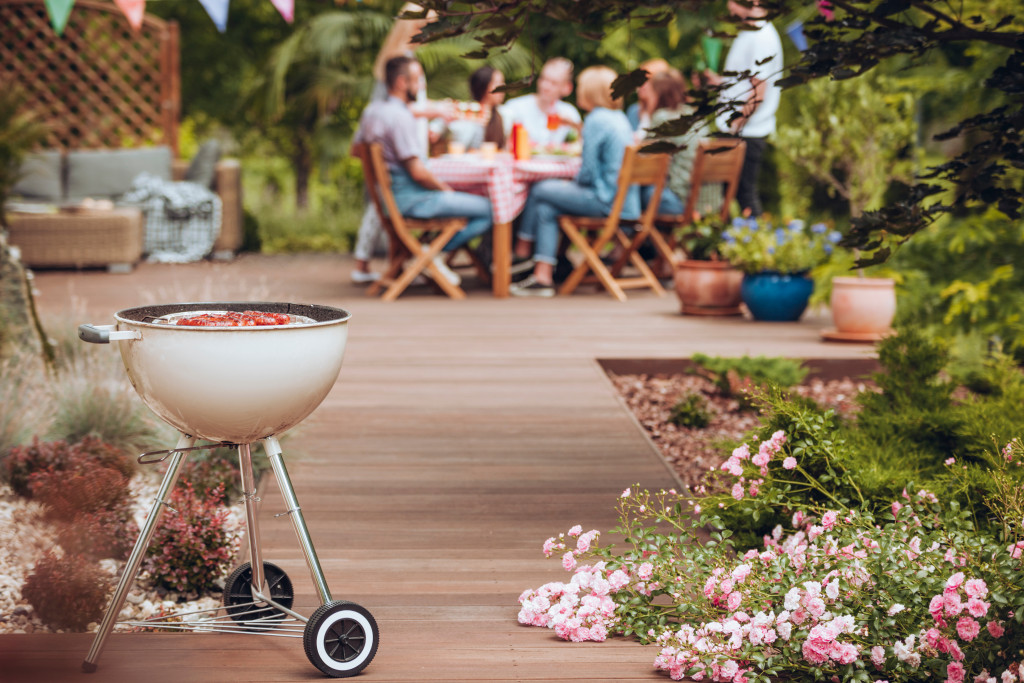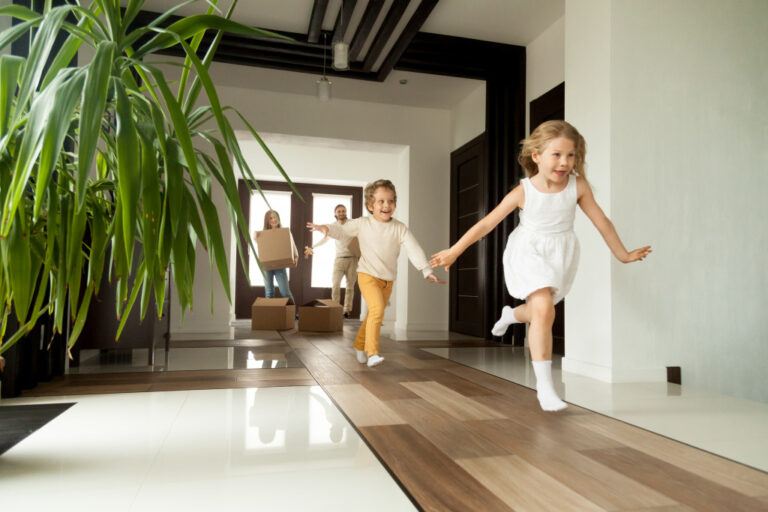- Maintaining hygiene, optimizing lighting, and implementing mosquito control measures ensure a healthy home environment.
- High-quality air and noise reduction are critical for tenant well-being and can be achieved through thoughtful property development.
- Green spaces, indoor plants, and natural features enhance the aesthetic appeal of properties and promote mental health.
- A combination of all these strategies can greatly increase tenant satisfaction and foster a healthier living experience.
Whether you’re a real estate developer, investor, or property manager, you know that tenants are the lifeblood of your business. Happy and satisfied tenants are more likely to sign leases, renew contracts, and refer your property to their friends and colleagues. One of the key factors in tenant satisfaction is the level of comfort they experience within your property. This goes beyond just providing basic amenities and comfort features. Maximizing home comfort also means creating a healthy environment that promotes physical and mental well-being. This blog will explore the different ways you can create a healthy and comfortable home environment for your tenants.
Prioritize cleanliness and hygiene:
Maintaining cleanliness and hygiene within your properties is critical to creating a healthy home environment. Implement cleaning protocols and services to ensure that common areas and high-touch surfaces are regularly disinfected. You can also provide hand sanitizers and cleaning supplies for tenants to use within their units. Encouraging tenants to adopt hygienic habits such as regular hand washing and wearing masks can also help maintain a healthy environment. Here are some other things you can do:
Focus on air quality:
Poor air quality can lead to a range of health issues, such as allergies, respiratory problems, and even psychological distress. To create a healthy home environment for your tenants, prioritize ventilation and air filtering systems that can reduce indoor pollutants.
You can also use natural remedies such as indoor plants to absorb pollutants and improve air quality. Additionally, avoid using harmful chemicals or materials in your properties that can emit toxic fumes or particles.
Conduct regular mosquito control measures:
Mosquitoes can carry a variety of diseases, including malaria and dengue fever. Therefore, it is important to take measures to reduce the number of mosquitoes on your property.
This includes using effective mosquito control methods such as draining standing water sources, using mosquito repellents, and wearing protective clothing when outdoors. You may also consider working with professional pest control companies to inspect and treat your properties.
Optimize lighting:
Appropriate lighting can substantially enhance the cleanliness of a property. Bright, well-lit spaces not only make dirt and dust more visible, facilitating more effective cleaning but also play a psychological role in promoting cleanliness. People are more likely to maintain cleanliness in bright spaces as they perceive them to be cleaner.
Furthermore, natural light can minimize the growth of harmful bacteria and microbes, contributing to a healthier environment. Therefore, strive to maximize natural light in your properties by incorporating large windows, glass doors, and skylights. For areas where natural light can’t reach, use high-quality artificial lights to illuminate the space effectively.

Create a green space:
Exposure to nature has been shown to have significant benefits for mental health and well-being. By incorporating green spaces, you can create a calming and uplifting environment for tenants. Not only does this help promote tenant happiness and mental health, but it can also enhance the overall aesthetic appeal of your property. Here are some ideas:
Establish Gardens:
Gardens can enhance the overall aesthetic appeal of properties while providing tenants with a peaceful and calming environment. Whether it’s a rooftop garden, a backyard garden, or a small herb garden in shared spaces, cultivating plant life can greatly improve tenants’ health and well-being. Hire gardening services or encourage tenants to participate in gardening activities to build a sense of community.
Incorporate Indoor Plants:
Indoor plants can significantly contribute to improving air quality by absorbing pollutants and emitting oxygen. They can also add a touch of nature to indoor spaces, creating a feeling of relaxation and calmness. Choose low-maintenance indoor plants suitable for varying light conditions, such as snake plants, spider plants, or pothos.
Add Natural Features:
Incorporating natural features such as water fountains, rock formations, or wooden elements can instill a sense of tranquility and connection with nature. Water features, for instance, not only add visual interest but also produce soothing sounds that can mask unwanted noise. Similarly, rock formations can provide unique aesthetic appeal and seating areas, while wooden elements can bring warmth and rustic charm to your property.

Mind the noise levels:
Noise pollution is not just an annoyance; it can also lead to serious health consequences such as stress, hearing damage, and sleep disturbance. To minimize noise levels within your properties, use soundproofing materials and techniques such as double-glazed windows, thick curtains, and acoustic panels.
You can also encourage tenants to adopt quiet hours or noise-reducing habits, such as wearing headphones in common areas. Alternatively, you can install noise-canceling systems that detect and mitigate loud noises.
In some cases, the noise may be coming from external sources, such as traffic or nearby construction. If that is the case, work with local authorities to identify potential solutions.
Creating a healthy and comfortable home environment for tenants is an essential aspect of property development and management. By focusing on air quality, noise reduction, green spaces, optimal lighting, and hygiene, you can enhance tenant well-being and satisfaction. Be sure to implement these measures in your property development and management strategies to optimize tenant comfort and promote a happy and healthy living experience.




